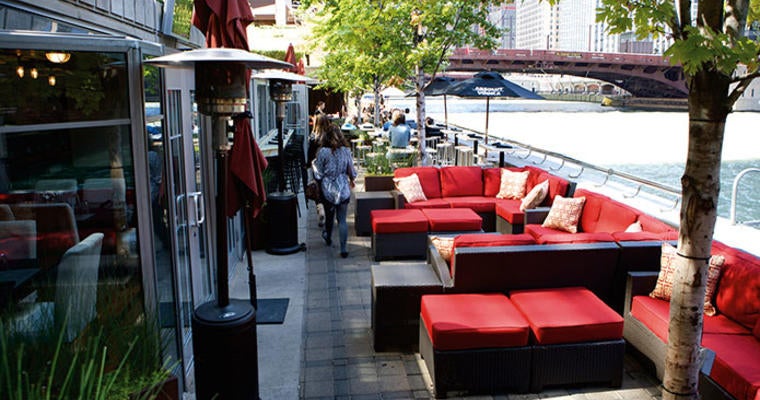Data you’re already collecting can be used to reduce waste, reshape the menu, and add profits.
Operators know it’s essential to keep track of big numbers—food, labour, rent, utilities. Restaurants, though, produce heaps of numbers just waiting to be crunched, analysed, and used to run a more profitable business. Among them are credit-card swipes, average guest cheques, social-media numbers, and yes, there’s even a better way to look at food costs.
Recalculate real food costs
Let’s start with food costs. We talked to Donald Burns, owner of The Restaurant Coach. Burns consults with hundreds of clients and says he sees patterns of success and failure. Successful restaurants keep track of actual food costs, not just theoretical ones.
What’s the difference? Burns maintains that “theoretical” is a perfect world in which no food is wasted or burned. “Actual” food costs take waste into account. When he examines his clients’ food costs, Burns finds an average gap of nine points between actual and theoretical costs. That’s sizeable. To close the gap to a reasonable two or three percentage points, Burns recommends running product-mix reports to find out the real cost of what your cooks are putting on plates.
To produce a more profitable menu, Burns recommends an oldie but goodie: Generate a stratification that separates menu items into stars (good sellers, high profitability) workhorses (they pull their weight on the menu) puzzles (variable food costs, sometimes good sellers and sometimes not) and dogs (no explanation needed). Running that kind of analysis, then redesigning a menu to put profitable items in key places—the top and bottom of lists, in boxes or in bold type—can dramatically increase profitability.
Monitor guest cheques
Don’t forget cheque averages. “They’re the holy grail of measurements,” Burns says, noting that servers are salespeople. To put the best salespeople in the best sections—a move that boosts sales and profitability—an operator must know who does the best work. Examining how the best salespeople work can also help underperforming servers improve.
Along the same lines, look at voids and comps. “Inspect what you expect,” Burns says. If servers know management’s keeping an eye on voids and comps, they’re less likely to slip an order of fries to a loved one, then comp the fries, or void them because the “customer” complained they were too salty. Look at the average over six months or a year, then set a goal to lower that number.
Finally, examine orders entered into the POS system. Burns finds that servers often forget to ring up beverages. “That’s a huge black hole where restaurants lose money,” he says. He’s right: A four-top can order $8 or $10 worth of iced tea and soft drinks; that amount, gone uncollected, can translate into thousands of lost dollars.
Run social-media numbers
Then there’s the kind of numbers social media generates. Facebook has its “likes” and Twitter tracks engagements and views (it’s the icon of three uneven bars underneath a post). Beyond that, there are ways to analyze social media to make it work for you.
One idea: Start posting food photos on Twitter or Facebook, then track the conversation each generates. Keeping track of comments can help an operation crowdsource its way to a better-selling menu, maintain Darryl Villacorta, Social-Media Manager for Marketing at Sprout Social, a firm that helps companies boost their social-media presence. Keeping track of comments can help an operation crowdsource its way to a better-selling menu.
Track the popularity of posts by time of day, too. “You might find that more people view your posts at 7 a.m. or 10 p.m,” Villacorta says. Use your findings to make sure more people see the photos, news, and offers you’re posting. “Weekends are huge,” Villacorta adds, noting that’s primarily because most brands don’t post on weekends, but people do look at social media then.
To gauge how well you’re responding to your audience, use Facebook’s dashboard to analyze response time and rates. For instance, that data might show you that you’re responding to 30 percent of comments, and your response time is four days. Most likely there’s room for improvement there, particularly “if you want to be known as a brand that is social and has quality food,” as Villacorta says.
As plain as the numbers in your place
Simply looking around your restaurant during downtime will yield even more numbers to gather and crunch. The weather, for one. Do you close your patio Oct. 1? Try keeping track of average October temperatures and the number of customers who ask to sit outside in fall. Maybe the answers will tell you it’s time to invest in outdoor space heaters. How about sports matches? Many customers are cutting the cable cord these days. Track traffic during big games not shown on network TV; that data might generate an idea for a successful game-day promotion.
Numbers are everywhere. They tell a story about your customer base, and analysing them can help you figure out how to serve that base better and more profitably.










